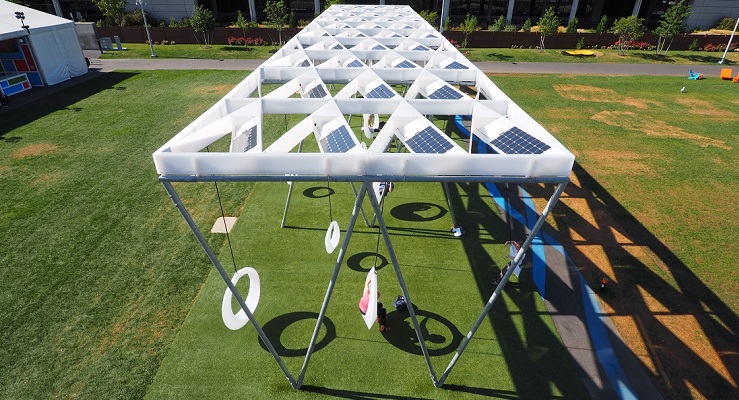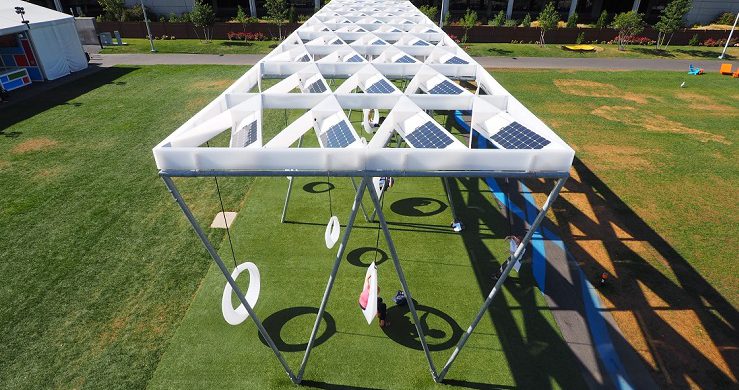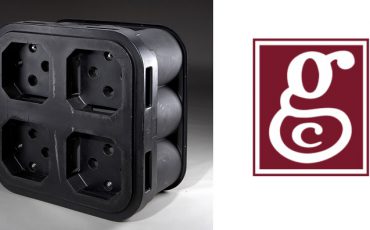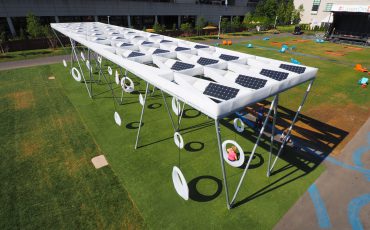
A draft angle is a taper that’s applied to a rotomolded part’s vertical walls so that the part is easier to release from the mold. Draft is measured in degrees per side and placed on part surfaces that are perpendicular to the mold’s parting line. Cylindrical parts may not require draft since the plastic shrinks away form the mold, but other rotomolded parts need the proper draft angle for effective mold release.
Is draft always an important design consideration otherwise?
For parts that require them, draft angles are a key rotational molding design consideration. They vary by material since different plastics have different mold shrinkage characteristics, and rotomolded parts can have different inside and outside draft. In general, designers should apply draft to rotationally molded parts as long as they don’t interfere with the part’s functional requirements.
What does draft have to do with parts cooling?
Plastic parts require cooling to regain their strength and retain their shape. Otherwise, they may not be able to withstand the forces that are applied to them during mold removal. In rotational molding, a draft angle reduces these forces and minimizes part stress and warpage. These part tapers also support reduced cooling times for faster cycle times and lower manufacturing costs.
How does the draft angle affect mold release?
Design for manufacturing (DFM) with a donut-shaped part demonstrates the importance of proper draft. During cooling, the rotomolded part shrinks and the outer surfaces draw away from the mold cavity; however, the surfaces that form the hole in the center shrink tightly onto the mold. A part designer who applies the proper draft angle to the inside surfaces can support easier mold removal.
What’s the relationship between draft angles and surface finish?
Rotomolding can produce plastic parts with either smooth or textured surfaces. To achieve this effect, the mold cavity contains the reverse details of the plastic part. A rough surface along the cavity walls makes it harder to remove the part, however. As a rule then, the Association of Rotational Molders (ARM) recommends adding one additional degree per side of draft angle for each .001 textured depth.
Which rotational molder offers design assistance with draft?
Gregstrom Corporation is a rotational molder that provides design assistance, including help with draft. At our Woburn, Massachusetts (USA) manufacturing facility, we create strong, hollow plastic parts in a variety of shapes, sizes, textures, and colors. Gregstrom also provides value-added services such as parts finishing, assembly, and quality assurance. For your next plastics project, contact us.



